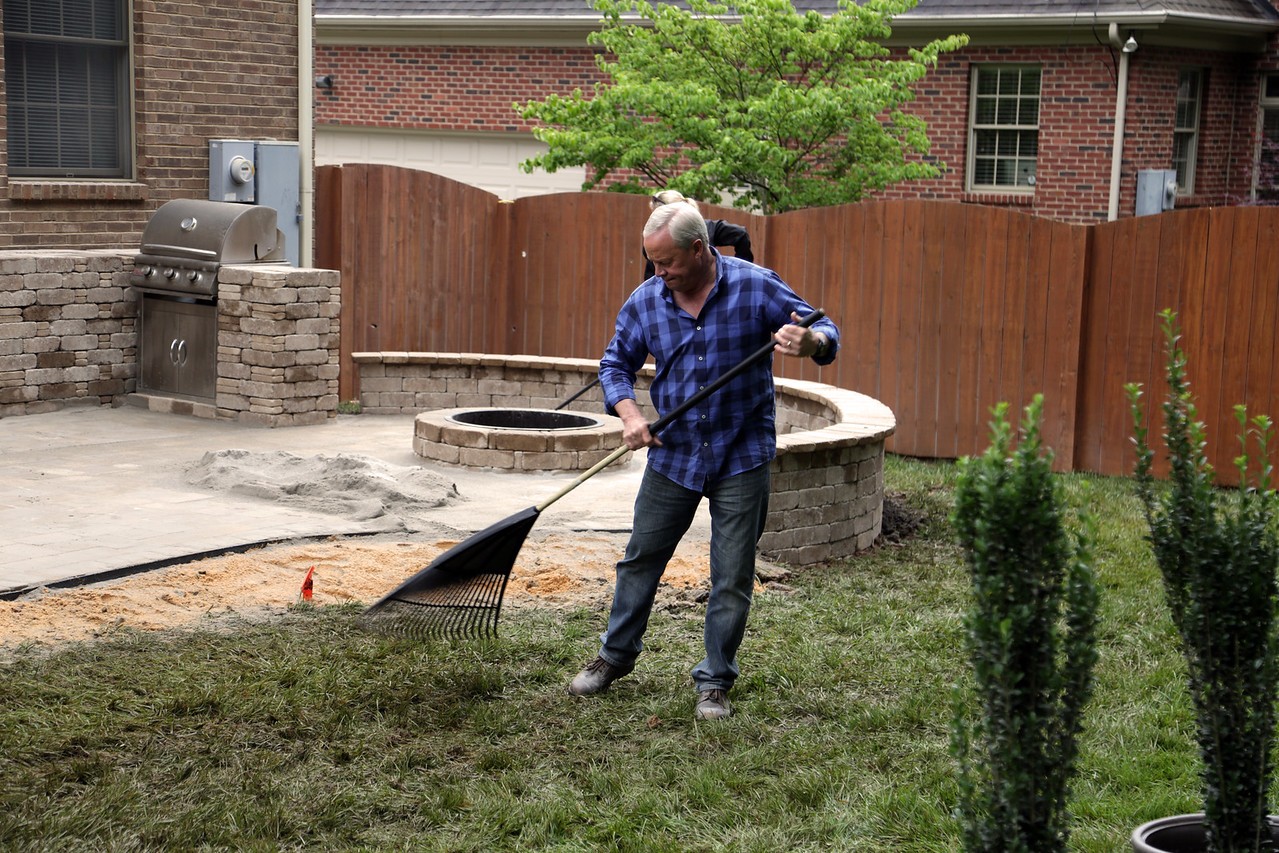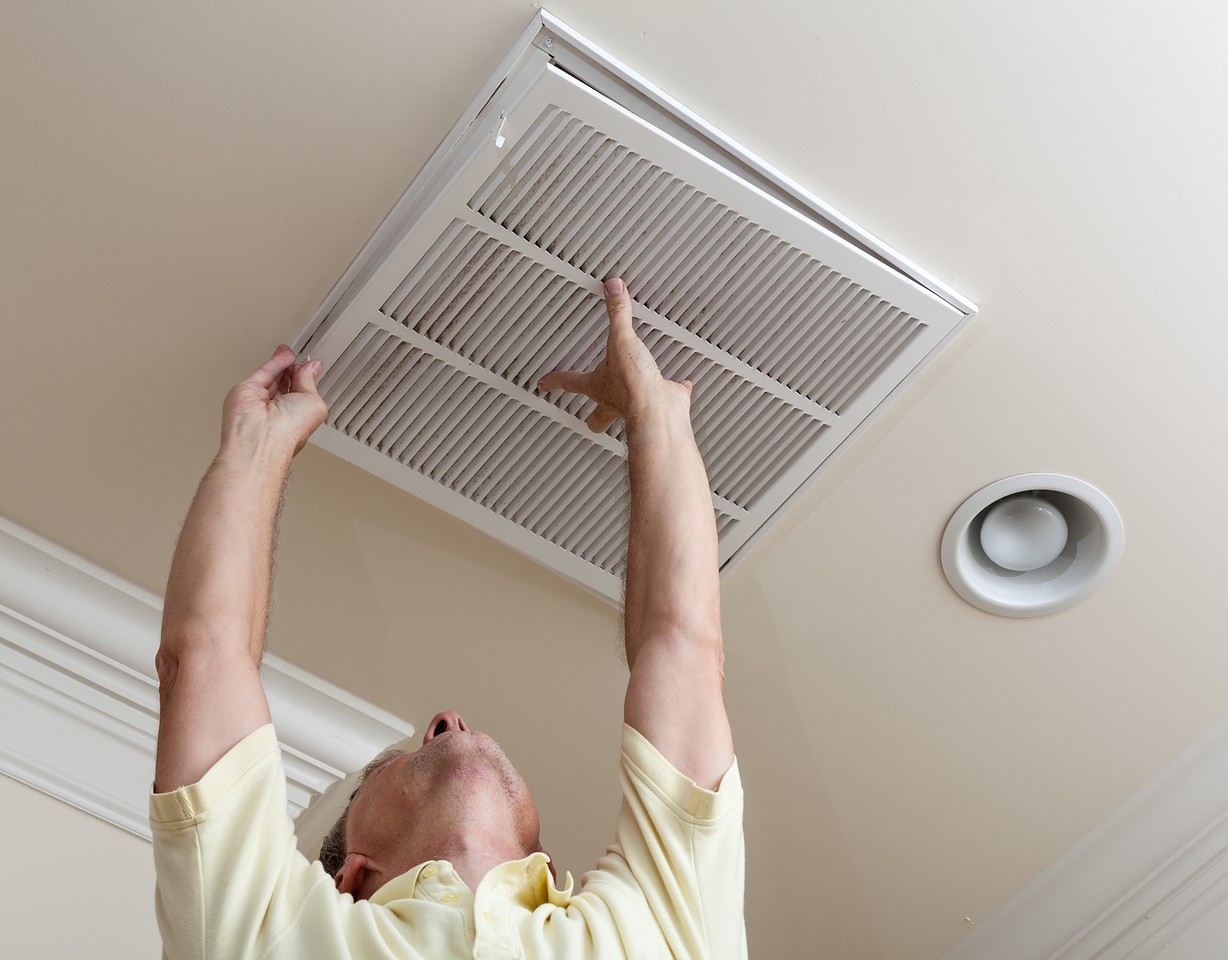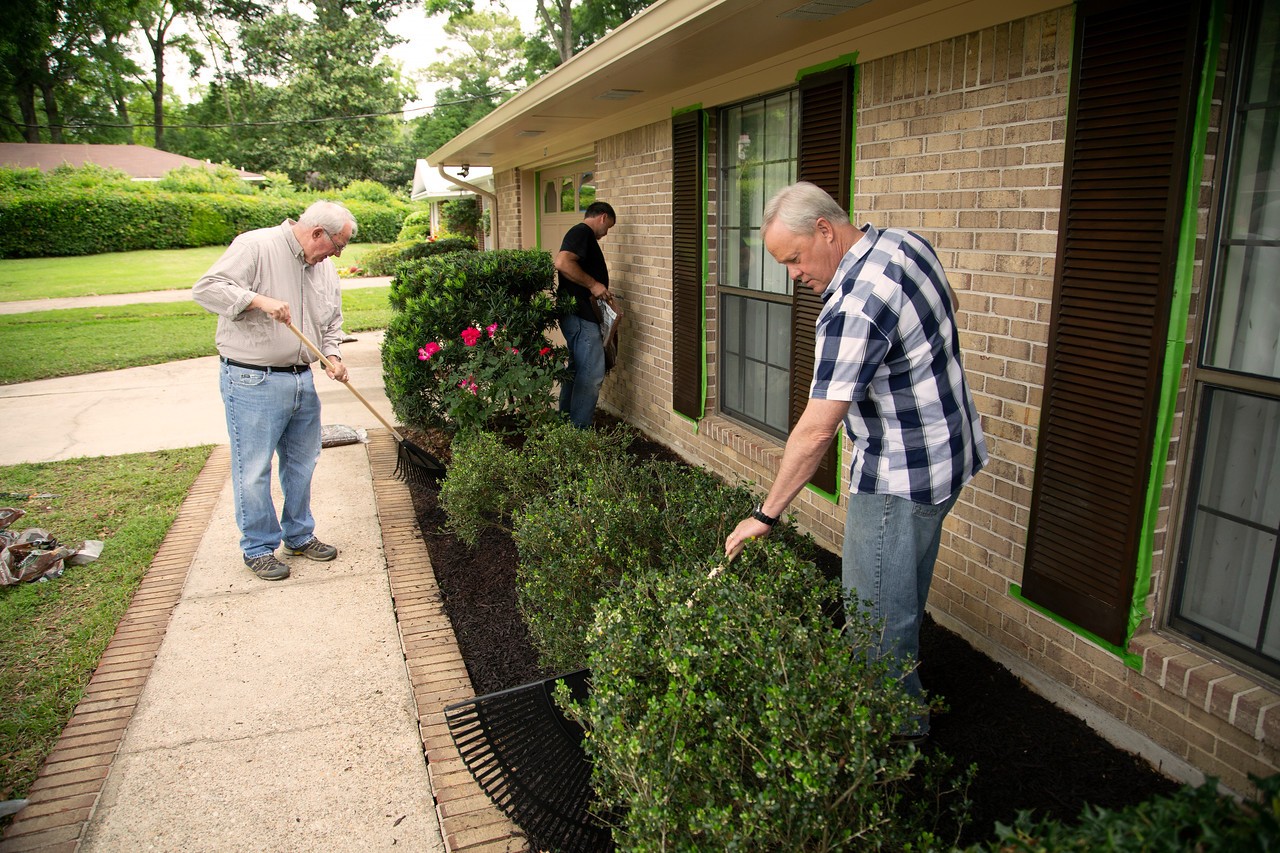Maintaining a home means you have to tackle a lot of chores, but that to-do list doesn’t have to be intimidating — not when you take it one season at a time!

Today’s Homeowner’s Four Seasons of Home Ownership Guide breaks down home maintenance into spring, summer, fall and winter tasks to make everything manageable.
Here’s a look at the top five things you can do this fall.
Replace A/C Filters

A lot of people pull sweaters and jackets from storage to prepare for cooler weather, but they forget one important thing: to change their air conditioner filter.
A good rule of thumb is to replace your central heating/cooling system’s filter every one to three months. This doesn’t just boost the system’s performance and keep it operating efficiently; it also improves your home’s indoor air quality.
Replacing the filter is easy — just open the return cover and remove the old filter. Then replace it with a new filter sized to fit the opening, and make sure the airflow arrow points in toward the ductwork.
I always say steer clear of $3 filters available at grocery stores. Those inexpensive fiberglass air filters only capture 10% to 15% of airborne particles. Instead, look for electrostatically charged filters that contain carbon and can remove up to 99% of airborne pollutants.
Want to stay on top of things? Write the installation date on the filter’s border and set a reminder on your calendar for the next replacement. Your heating and cooling system will never have an outdated filter again!
Then there’s just one final step: Before you close the cover, go ahead and vacuum or wipe off the grill that holds the filter in place.
Clean gutters and downspouts

Gutters have an important job: they direct water away from the house to protect your siding, foundation and landscaping. Without them, siding can rot, basements flood, and flower beds erode.
Maintaining gutters is one of the most overlooked chores, because you have to climb a ladder and clean them. But it’s also one of the most important things you can do, because clogged or leaking gutters can lead to expensive damage.
Installing gutter guards can buy you some time between cleanings, but they’re useless if you don’t check them regularly. That’s because pine straw and leaves can become lodged in them, and smaller debris can pile up and cause big problems down the line.
To clean gutters, grab a ladder, a garden trowel, a bucket lined with a trash bag, a hose, a rag and gloves for sharp edges. Serious clogs may require a plumber’s snake.
Use the trowel to scoop leaves and debris from the gutter into the bucket.
Add the collected material to a compost pile if you have one, or dispose of it with other lawn debris.
Once you’ve cleaned the gutters, check the downspouts for clogs. To flush them out, insert a hose with a rag wrapped around it to direct water out of the downspout.
Now, wasn’t that simple?
Rake Leaves Off The Lawn

It happens every year: fall arrives and sends shade trees’ leaves fluttering to the ground.
It’s all part of Mother Nature’s plan because those fallen leaves eventually break down and provide nutrients to the trees.
But those leaves also choke out competing plants, and homeowners aren’t wild about crunchy leaves all over their driveways, lawns and gardens.
Think you’ll just wait for a storm to blow leaves into a neighbor’s yard? Well, that’s an optimistic — not realistic — way of looking at things.
The truth is, raking doesn’t just make your yard look good, it also prevents mold and diseases from developing in the grass if too many leaves accumulate.
A dual-tine rake is great for dethatching the yard, and a hand rake is perfect for clearing leaves from garden beds.
Want a simple way to move all those leaves? Just rake them onto a tarp and drag the tarp wherever you’re going to dispose of the leaves. Then, grab a snow shovel, scoop up the leaves and load them into a garbage bag.
Want to make mulch? Wear your safety glasses, grab your string trimmer and place it in the garbage can to quickly reduce the volume of those leaves.
This is perfect whether you’re taking the leaves to the landfill or creating compost!
Replace Weatherstripping

Want to save money on your energy bills?
Replacing exterior doors’ worn or damaged weatherstripping — giving them an airtight seal — is a surefire way to do it!
This job couldn’t be easier because weatherstripping in newer doors fits neatly in a groove within the door casing.
There’s no adhesive or mess to worry about — simply pull out the old weatherstripping, then cut a new piece to length and insert it in the groove.
Have an older home without a groove in the door casing? No problem! You can retrofit older doors using rolls of self-adhesive foam weatherstripping.
Either way, keeping outside air outside allows your air conditioner to work efficiently and effectively.
Seal Outside Cracks

Seasonal changes cause your home to expand and contract, and cracks can develop all over the building’s ‘envelope.’
Sealing cracks wherever two surfaces meet is important because it prevents rain and snow from seeping in. You don’t want snow and rain entering your home because it can lead to mold and rot.
Sealing your home’s envelope also prevents outside air from creeping in, and that increases your home’s energy efficiency and lowers utility bills.
Anyone can purchase a caulk gun and fill in these gaps — and it’s actually pretty fun!
Just remember:
- Fill small cracks and holes with quality silicone caulking — silicone is perfect as homes expand and contract with seasonal changes
- Fill larger cracks and holes with expandable spray foam
If you plan to paint over the caulking, use caulk that is paintable or just purchase caulk in the color that you need.
For more fall home maintenance tips, check out the Four Seasons of Home Ownership Summer Checklist https://www.todayshomeowner.com/4seasons/fall.
Danny Lipford hosts “Today’s Homeowner,” https://www.todayshomeowner.com, a nationally syndicated television and radio show.
The post 5 Home Improvement Chores to Tackle This Fall appeared first on The Home Depot Blog.


